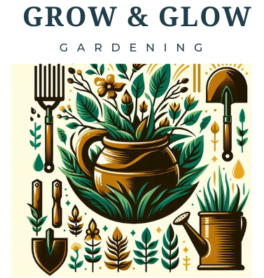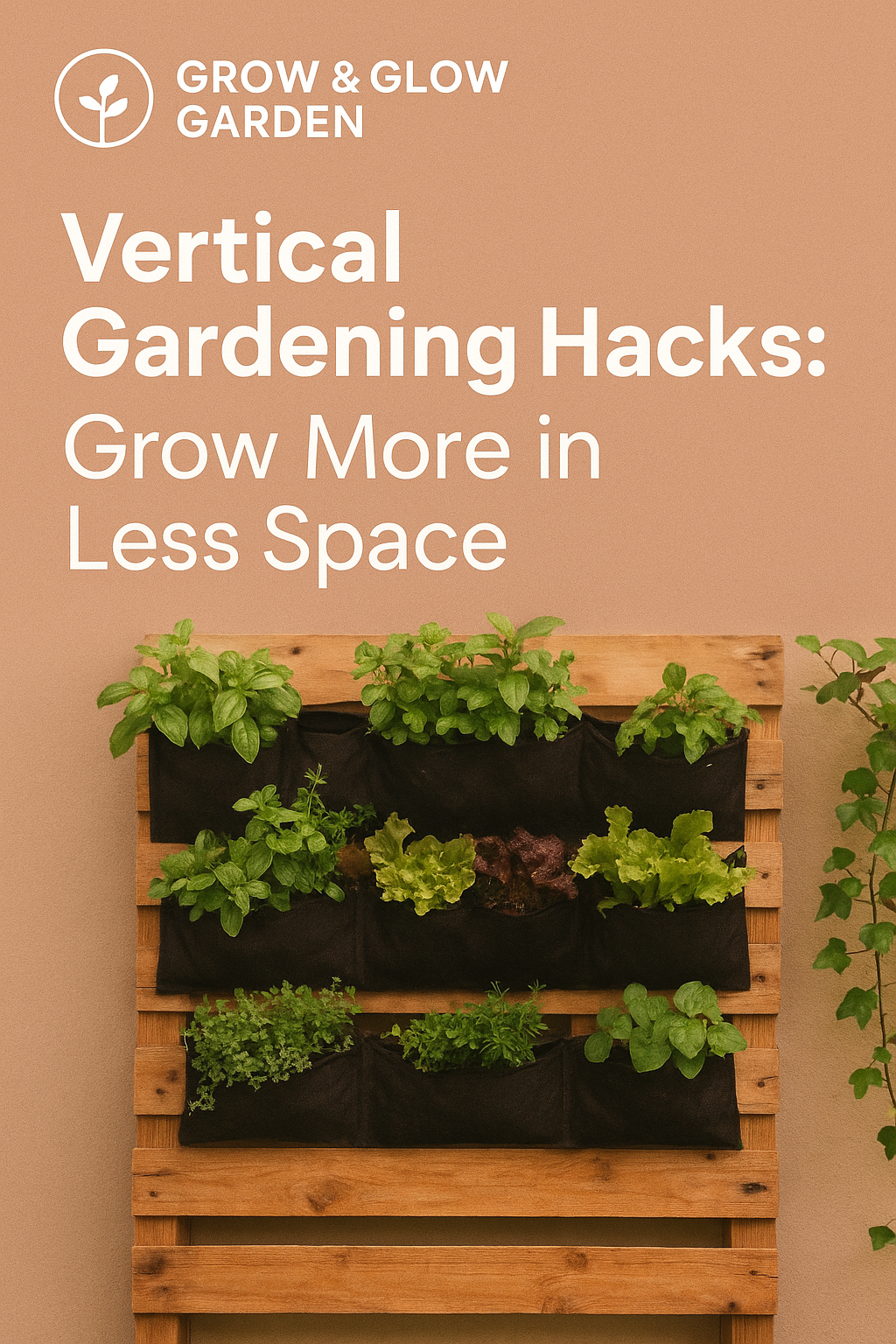🌸 Finding Hope and Growth After the Storm
Before we dig into this week’s gardening guide, our hearts go out to everyone across Jamaica and the Caribbean who continues to recover from the recent storms. Nature reminds us of resilience — how life can flourish again from the smallest seed. Whether you have a balcony, patio, or tiny backyard, vertical gardening offers a powerful way to bring renewal and abundance back into your space.
🌿 What Is Vertical Gardening?
Vertical gardening is the art of growing plants upward instead of outward. By using walls, fences, poles, or racks, you maximize your growing area while keeping your space organized and visually stunning. It’s perfect for small-space gardeners who want to grow vegetables, herbs, and flowers without needing a large plot of land.
Vertical gardens don’t just look beautiful — they also:
- Improve air circulation and reduce plant diseases.
- Provide natural insulation for walls or fences.
- Make watering and maintenance easier.
- Help you grow more food in less space.
🌱 Top Benefits of Vertical Gardening
- Space Efficiency: Ideal for patios, balconies, or tight yards.
- Healthier Plants: Less crowding means fewer pests and diseases.
- Accessibility: Easier to harvest and care for — no constant bending!
- Aesthetic Appeal: Adds beauty and structure to your home.
- Eco-Friendly: Uses recycled materials like old pallets or plastic bottles.
🪴 Material & Tools Chart
| Item | Description | Estimated Cost (JMD/USD) |
|---|---|---|
| Wooden Pallet | Base structure for planting wall | $0–$15 / JMD $0–$2,300 |
| Plant Pots / Grow Bags | Holds soil and plants vertically | $2–$8 each / JMD $300–$1,200 |
| Potting Mix | Lightweight, nutrient-rich soil blend | $5–$10 / JMD $800–$1,500 |
| Hooks / Wall Mounts | Support for hanging planters | $3–$7 / JMD $450–$1,000 |
| Watering Can or Drip Hose | Keeps plants evenly hydrated | $10–$20 / JMD $1,500–$3,000 |
| Fertilizer / Compost | Boosts plant growth naturally | $5–$12 / JMD $800–$1,800 |
| Optional: Trellis Net, Rope, or PVC Pipe | For climbing crops like beans or cucumbers | $5–$10 / JMD $800–$1,500 |
🌼 Creative Vertical Gardening Ideas
1. Pallet Garden Wall
Recycle an old pallet into a living wall. Attach landscape fabric to the back, fill each space with potting mix, and plant herbs or leafy greens like callaloo, lettuce, or mint. Perfect for balconies or sunny fences.
2. Hanging Bottle Planters
Repurpose plastic bottles by cutting openings on one side and hanging them horizontally with rope or wire. Fill with soil and small herbs — a fun, sustainable DIY for kids and families!
3. Stacked Crate Garden
Use wooden or plastic crates to create stacked levels. Grow compact veggies such as scallion, thyme, and hot peppers on each layer. It’s an easy way to move your garden around when the weather changes.
4. Trellis Veggie Wall
Install a simple bamboo trellis or wire frame to help climbing plants like beans, cucumbers, or tomatoes grow upward. This not only saves ground space but also provides a natural shade wall.
5. Gutter Garden System
Old gutters make excellent vertical planters for strawberries, herbs, or flowers. Mount them on a fence or wall, leaving enough space between each level for sunlight to reach all plants.
🌿 Choosing the Right Plants
When space is limited, pick plants that thrive vertically or grow compactly.
Best Choices for Vertical Gardens:
- Vegetables: Lettuce, spinach, kale, cucumber, peppers, cherry tomatoes
- Herbs: Thyme, parsley, basil, chives, mint
- Flowers: Petunia, marigold, zinnia, nasturtium
Mix colors, textures, and heights to make your garden both productive and beautiful!
💧 Watering and Maintenance Tips
Vertical gardens can dry out faster than ground gardens, so:
- Use self-watering pots or a drip irrigation line.
- Water early morning or late evening to prevent evaporation.
- Rotate plants every few weeks for balanced sunlight exposure.
- Add compost or fertilizer monthly for nutrient renewal.
🌺 Eco-Friendly Touches
You can make your garden more sustainable by:
- Reusing old bottles, cans, or wood.
- Using rainwater for irrigation.
- Planting bee-friendly flowers to attract pollinators.
- Composting kitchen scraps for organic fertilizer.
🌞 Final Thoughts
Even if you’re short on space — or still rebuilding after rough weather — vertical gardening proves that growth is always possible. It’s more than a space-saving hack; it’s a symbol of resilience, creativity, and hope.
Start small, plant upward, and let your garden remind you that new beginnings are always within reach.
What your vertical garden design please share in the comment below and let’s build a gardening community together


Hey gardening friends! Garfield here from Grow & Glow Garden. I hope this post inspires you to get creative with your small spaces. Remember – even the tiniest balcony or backyard wall can become a lush vertical garden with the right tools and a little love. Have you tried any vertical gardening hacks of your own? Share your tips or photo below- I’d love to hear how your garden’s growing!